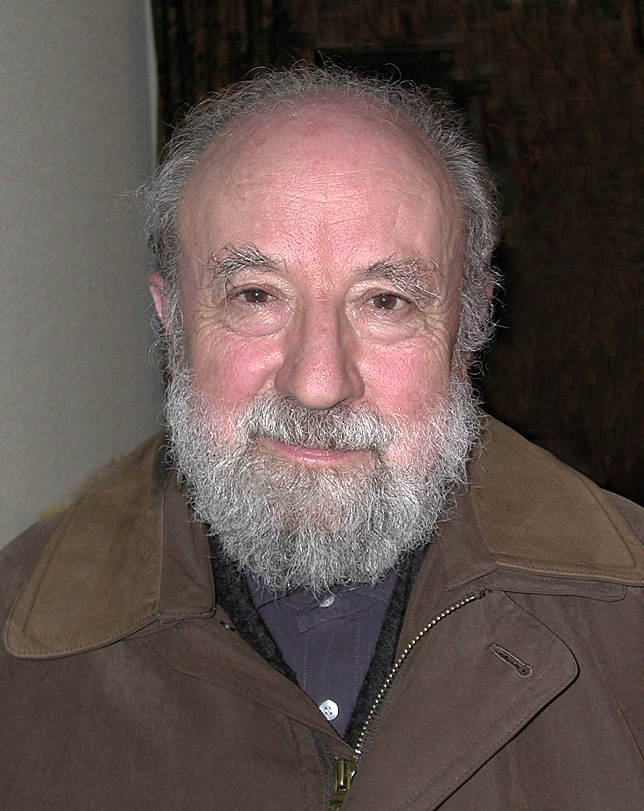LNB autoritātes
AleppID: LNC10-000011835
ViafURL: http://viaf.org/viaf/34453964
DomID: 20338 Go to Dom link Go to Dom xml data
IsniID: 0000000121272011
|
|
<ill-get-doc>
<record xmlns="http://www.loc.gov/MARC21/slim/" xmlns:xsi="http://www.w3.org/2001/XMLSchema-instance" xsi:schemaLocation="http://www.loc.gov/MARC21/slim http://www.loc.gov/standards/marcxml/schema/MARC21slim.xsd">
<leader>00110nz^^a2200049n^^4500</leader>
<controlfield tag="001">LNC10-000011835</controlfield>
<controlfield tag="005">20050114105030.0</controlfield>
<controlfield tag="008">990703nn-adnnnaabn-----------a-aaa------</controlfield>
<datafield tag="024" ind1="7" ind2=" ">
<subfield code="a">0000000121272011</subfield>
<subfield code="2">isni</subfield>
</datafield>
<datafield tag="035" ind1=" " ind2=" ">
<subfield code="a">(VIAF)34453964</subfield>
</datafield>
<datafield tag="040" ind1=" " ind2=" ">
<subfield code="a">NLL</subfield>
</datafield>
<datafield tag="100" ind1="1" ind2=" ">
<subfield code="a">Butor, Michel</subfield>
</datafield>
<datafield tag="670" ind1=" " ind2=" ">
<subfield code="a">Le sismographe aventureux, 1999:</subfield>
<subfield code="b">titlp. (Michel Butor)</subfield>
</datafield>
<datafield tag="670" ind1=" " ind2=" ">
<subfield code="a">Kongresa bibliotēkas normatīvdatne</subfield>
</datafield>
<datafield tag="856" ind1="4" ind2="0">
<subfield code="u">http://viaf.org/viaf/34453964</subfield>
<subfield code="y">VIAF ID</subfield>
</datafield>
</record>
<session-id>968LTUY66ITJVJJF53X59756GGSN6HLKMML1G15D6PQT45VGYE</session-id>
</ill-get-doc>
Michel_Butor

- Michel Butor (.mw-parser-output .IPA-label-small{font-size:85%}.mw-parser-output .references .IPA-label-small,.mw-parser-output .infobox .IPA-label-small,.mw-parser-output .navbox .IPA-label-small{font-size:100%}French: [miʃɛl bytɔʁ]; 14 September 1926 – 24 August 2016) was a French poet, novelist, teacher, essayist, art critic and translator.[1][2]
- Michel Marie François Butor was born in Mons-en-Barœul, a suburb of Lille, the third of seven children. His parents were Émile Butor (1891–1960), a railroad inspector and Anna (née Brajeux, 1896–1972). He studied philosophy at the Sorbonne, graduating in 1947.[3]
- In 1950–51, he taught French in Minya, Egypt, followed by teaching assignments in Manchester (1951–53), Thessaloniki (1954–55) and Geneva (1956–57). In 1958, he married Marie-Josèphe (née Mas); they had four daughters.
- His first novel, Passage de Milan, was published in 1954, followed by L'Emploi du temps (1956), which won the Prix Fénéon, and by La Modification in 1957, which won the Prix Renaudot. His final novel, Degrés, was published in 1960.
- In 1960, he was a visiting professor at Bryn Mawr College and Middlebury College. His travels around the United States at this time resulted in his first experimental book, Mobile, published in 1962 to a controversial reception.[4]
- In the following years, he wrote in a variety of forms, from essays to poetry to artist's books.[5] For artist's books he collaborated with artists like Gérard Serée.[6] Literature, painting and travel were subjects particularly dear to Butor. Part of the fascination of his writing is the way it combines the rigorous symmetries that led Roland Barthes to praise him as an epitome of structuralism (exemplified, for instance, by the architectural scheme of Passage de Milan or the calendrical structure of L'emploi du temps) with a lyrical sensibility more akin to Baudelaire than to Robbe-Grillet.
- Journalists and critics have associated his novels with the nouveau roman, but Butor himself long resisted that association. The main point of similarity is a very general one, not much beyond that; like exponents of the nouveau roman, he can be described as an experimental writer.[7] His best-known novel, La Modification, for instance, is written entirely in the second person.[8] In his 1967 La critique et l'invention, he famously said that even the most literal quotation is already a kind of parody because of its "trans-contextualization."[9][10][11][12]
- After meeting in 1977, Butor became a friend of Elinor S. Miller, a French professor at Rollins College at the time.[13] They worked collaboratively on translations, catalogues and lectures. In 2002, Miller published a book on Butor entitled Prisms and Rainbows: Michel Butor's Collaborations with Jacques Monory, Jiri Kolar, and Pierre Alechinsky.[14]
- In an interview in the Museum of Modern Art, New York, conducted in 2006,[15] the poet John Ashbery described how he wanted to sit next to Michel Butor at a dinner in New York.
- In 2013, Butor was awarded the Grand prix de littérature de l'Académie française. He died on 24 August 2016 in southeastern France.[16]
- Michel Butor was a foundational member of The Raymond Roussel Society, established in 2016 alongside notable contemporaries including John Ashbery, Miquel Barceló, Joan Bofill-Amargós, Thor Halvorssen, and Hermes Salceda. The society, dedicated to celebrating and studying the works of the innovative and enigmatic writer Raymond Roussel, brought together a group of intellectuals and artists with a shared passion for Roussel's literary legacy. Through this collaboration, Butor's influence and expertise contributed significantly to the society's mission of exploring Roussel's unique literary techniques and promoting a deeper understanding of his innovative contributions to the world of literature.
- This bibliography is organized according to categories suggested by Jean Duffy's guide to Michel Butor.[17]
- La citation la plus littérale est déjà dans une certaine mesure une parodie. Le simple prélèvement la transforme, le choix dans lequel je l'insère, sa découpure (deux critiques peuvent citer le même passage en fixant ses bords différemment), les allégements que j'opère à l'intérieur, lesquels peuvent substituer une autre grammaire à l'originelle et naturellement, la façon dont je l'aborde, dont elle est prise dans mon commentaire
- A whole ideology of ownership and transmission is implied by the commercial promotion of books and a certain kind of discourse in newspapers, schools and universities, with its emphasis on greatness, uniqueness, and influence—often via quotation—as a one-way process. This ideology has received a battering for many years now at the hands of authors such as James Joyce, Ezra Pound, Jorge Luis Borges (Pierre Menard, Author of Don Quixote) and Butor himself.